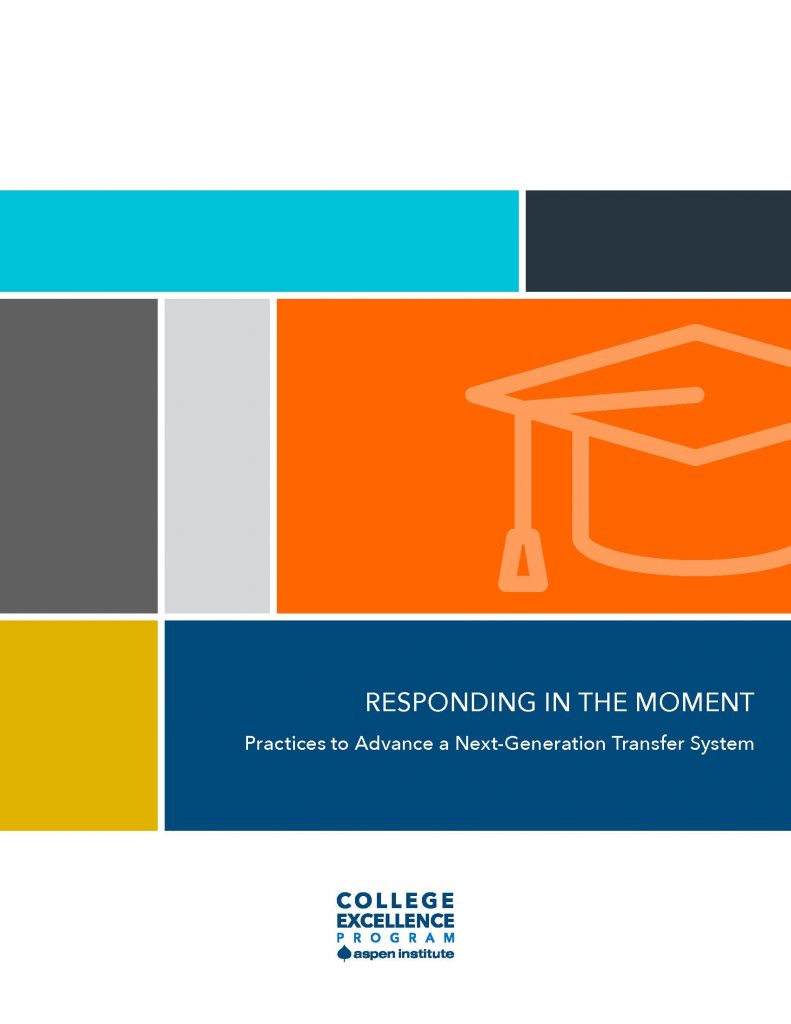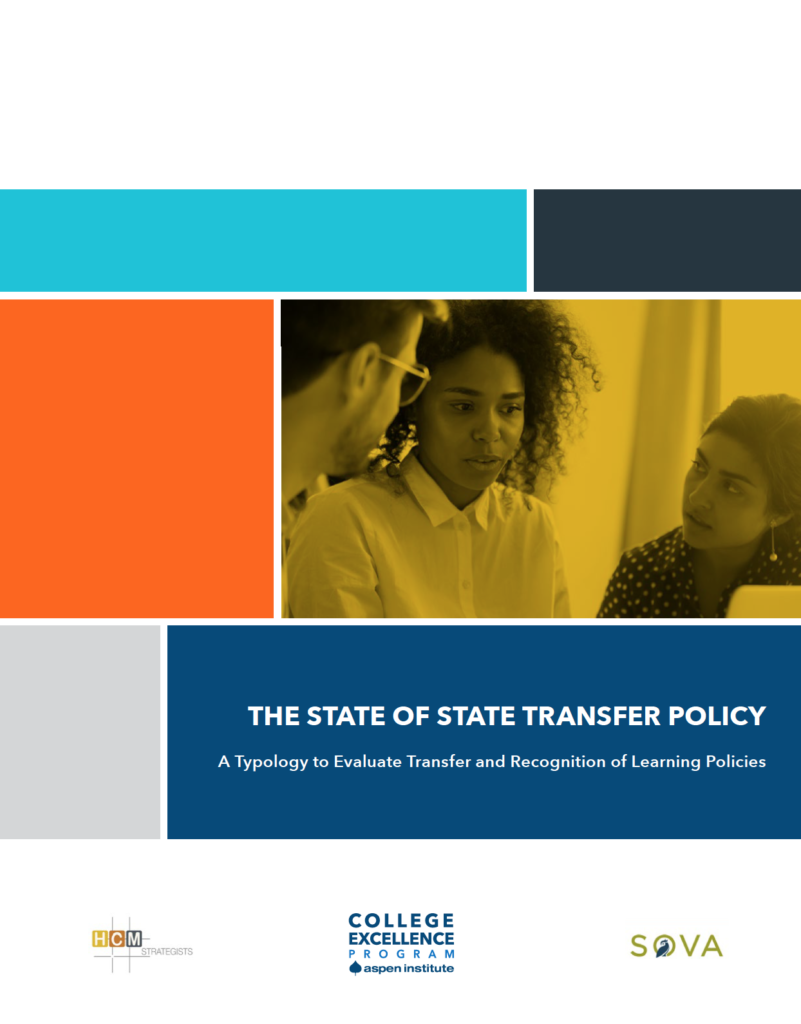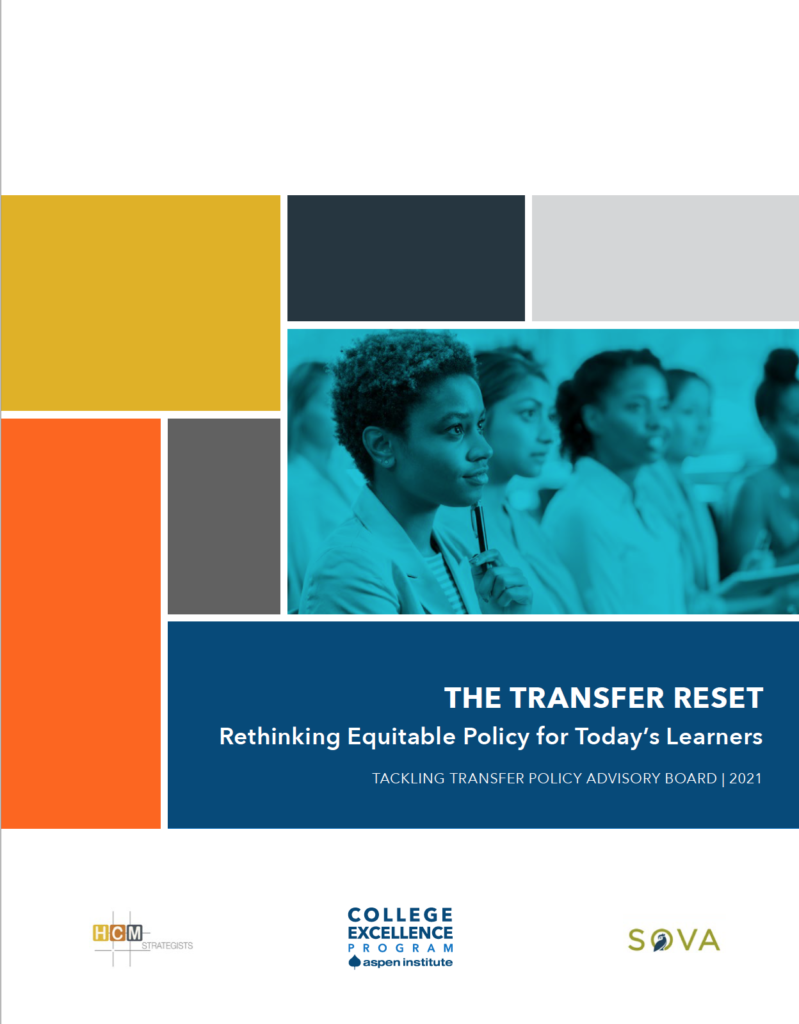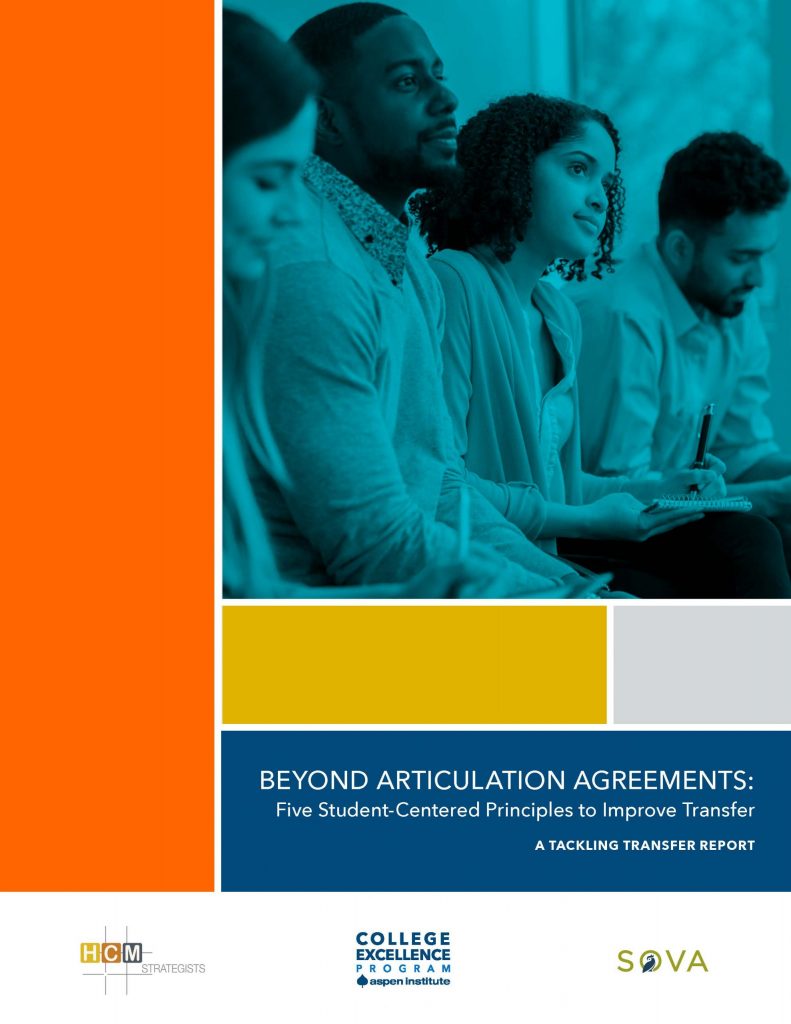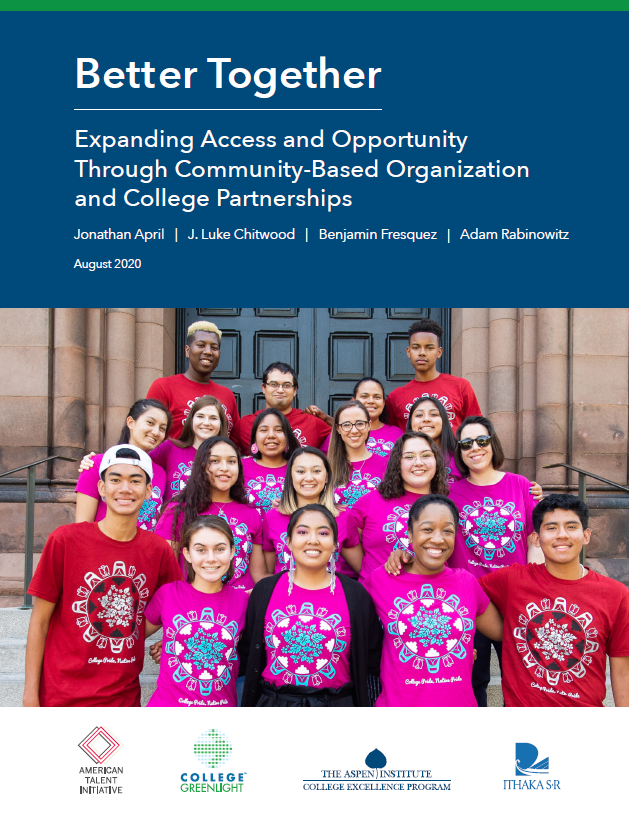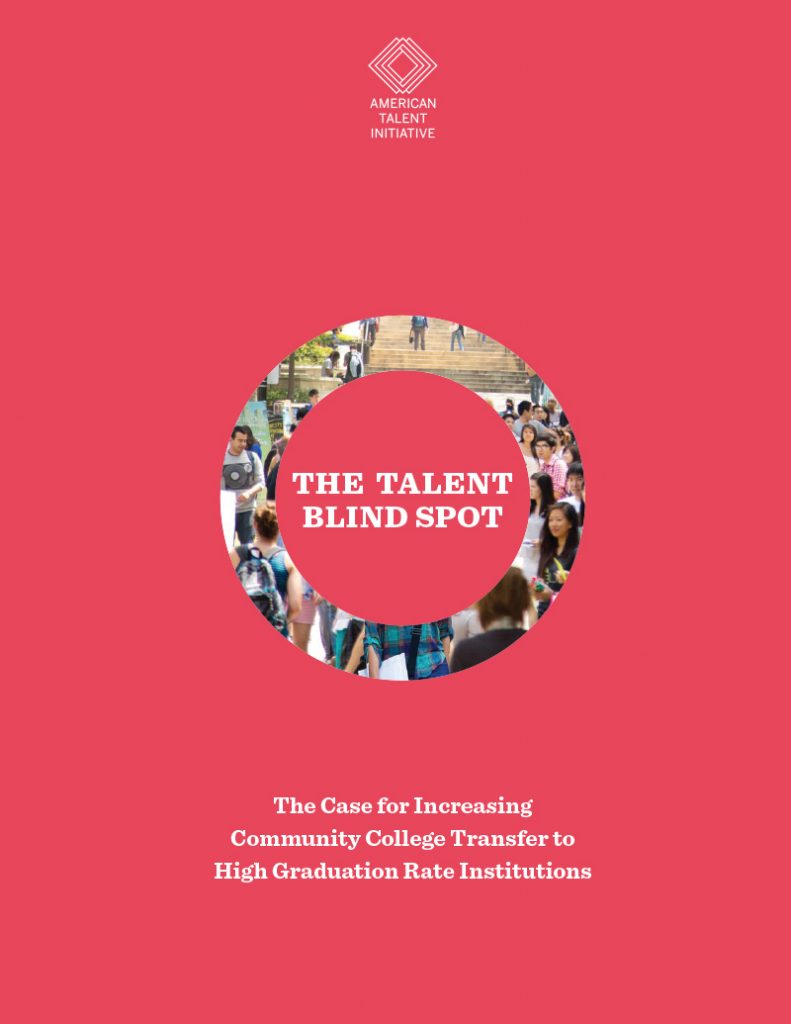The State of State Transfer Policy
As states look to the future and consider how to support their students, there is a critical imperative to assess the quality of statewide higher education transfer policies and their impact on students, especially those students from populations that have historically faced the highest barriers to completion. After looking across all 50 states’ transfer policies at a moment in time—based on publicly available information as of October 2020—it is apparent that all states
have room for improvement. In particular, this analysis suggests states can do far more to support accountability for institutions to improve transfer student outcomes, as well as incentives for institutions to implement interventions designed to support transfer students. Adopting and enhancing policies to provide support services and financial aid for transfer students are also areas that offer strong opportunities for improvement.
The Transfer Reset: Rethinking Equitable Policy for Today’s Learners
Countless students would agree: transfer does not work. To challenge the status quo, the Tackling Transfer Policy Advisory Board released a set of strong and clear recommendations for systems change, with an emphasis on state, system, and federal policies, that dismantle inequitable transfer policies and build a new approach designed to center students and the recognition of their learning as they transfer across institutions and move through their varied lived, work and learning experiences beyond high school.have room for improvement. In particular, this analysis suggests states can do far more to support accountability for institutions to improve transfer student outcomes, as well as incentives for institutions to implement interventions designed to support transfer students. Adopting and enhancing policies to provide support services and financial aid for transfer students are also areas that offer strong opportunities for improvement.
Beyond Articulation Agreements
Articulation agreements, which have traditionally been used by higher education institutions to improve transfer student success, have substantial limitations. The Aspen Institute College Excellence Program, HCM Strategists, and Sova have published a brief that summarizes the benefits and limitations of articulation agreements and offers new student-centered approaches colleges can take that move beyond articulation agreements to improve transfer student outcomes.
Better Together: Expanding Access and Opportunity through College-CBO Partnerships
This report makes the case for institutions to build and deepen partnerships with community-based organizations (CBOs) as they seek to identify, enroll, and graduate thousands of talented students from lower-income, first-generation, and historically underrepresented backgrounds that can thrive in higher education.
The Talent Blind Spot
The Talent Blind Spot demonstrates that, each year, more than 50,000 high-achieving, low- and moderate-income community college students do not transfer to a four-year institution. Approximately 15,000 of these students have a 3.7 GPA or higher, which suggests they could succeed at even the most competitive schools. The report also demonstrates that high-graduation-rate colleges and universities—the American Talent Initiative schools—enroll far fewer transfer students than other four-year institutions. The report offers a path forward based on the work of several ATI member institutions that have demonstrated that creating robust community college transfer success is possible through strong, leadership-drive partnerships, early outreach and advising, and dedicated, holistic supports.
Tackling Transfer: A Guide to Convening Community Colleges and Universities to Improve Transfer Student Outcomes
This guide is a resource designed to help state entities organize workshops within which teams from two- and four-year institutions work together to improve transfer and graduation outcomes for their students. Through data analysis and self-reflection of institutional practices, these workshops help institutions develop action plans (individually and among partners) to improve transfer student success. Authored by the Aspen Institute, CCRC, Public Agenda, and Sova, this guide was created as part of a larger Tackling Transfer project, and serves as a complement to the 2016 Transfer Playbook.
Tracking Transfer: New Measures of Institutional and State Effectiveness in Helping Community College Students Attain Bachelor’s Degrees
This research report recommends a comprehensive set of five measures as a new way to track which institutions are effective in serving transfer students and which states have a robust transfer pipeline from community colleges to four-year schools.
Transfer Playbook: Essential Practices for Two- and Four-Year Colleges
Based on original research into the practices of six highly effective community college-university partnerships, this joint report from the Aspen Institute and Columbia University’s Community College Research Center (CCRC) provides a roadmap for how institutions can improve transfer student outcomes by prioritizing transfer, creating clear transfer program maps, and establishing dedicated transfer advising.
